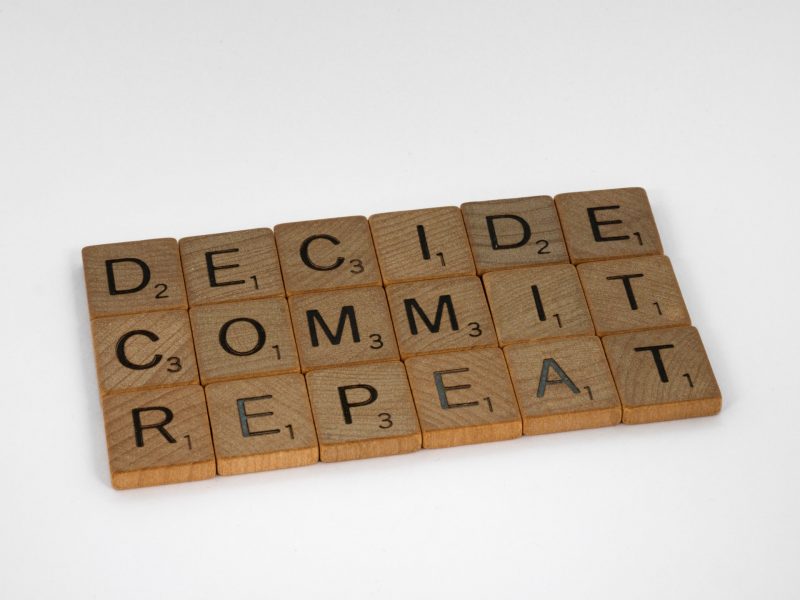
When it comes to handling your finances well, there is a plethora of information available online and in the nearby library. Educating ourselves and widening our financial literacy is the first step to making better financial decisions.
Often, there is no single path that will lead us to the “right” decision. Instead, we must walk the path using different strategies and methods to come up with the best financial decision. Start with these steps.
#1: EDUCATE YOURSELF
Gather as much information as possible to organize your options and action plan. Although you are inclined to make a gut-driven decision, educating yourself is an important first step. Research shows that gut feelings tend to be more accurate when they are made by experts. Thus, becoming an expert on a certain financial issue can make your intuition more reliable.
#2: INTERVIEW PEOPLE WITH SIMILAR CHOICES
Talking to people who have taken the paths that you are considering will help you see the bigger picture. Choose people who are willing to speak to you with all honesty. Study suggests that this approach can help you make more accurate predictions about your own reactions to potential future events. While no one’s experience will mirror yours exactly, you will be able to learn a lot from these people.
#3: ESTABLISH A LIST OF OUTCOMES
When making decisions, I make it a point to list the possible outcomes of each option. Writing down the outcomes can help you make better decisions. Write down a couple of ways your option can go wrong and highlight how you can potentially lose money. Then, write down the ways your option can go right. This option is a strong contender if you think that there is nothing that can go wrong.
#4: DISCUSS YOUR DECISION
Look for a person whom you trust and respect. Discuss your financial decision with that person. Discussing your decision with others will help you understand the situation at hand. Moreover, you will be able to get feedback from someone who does not have a vested interest or a personal involvement in this decision.
#5: CONSIDER BOTH THE PRESENT AND FUTURE
Improve the quality of your financial decisions by making sure that you strike a balance between what benefits you at the present and future states. Do this by listing down the possible advantages and disadvantages of an option for the short-term. The other list must contain the advantages and disadvantages of the same option in the long run.
#6: GIVE EACH OPTION A TEST RUN
When buying cars, most people take advantage of the test run. With a huge financial investment such as this, people want to make the best decision. Giving each option a test run will enable you to observe how it will impact your life.

Image Credits: unsplash.com
Research shows that people tend to make decisions differently depending on their mood. To bypass this bias, you can imagine that you have already made a decision and absorb that choice for a few days. This method allows you to determine how you will feel when you are in a range of different situations. Furthermore, you can gradually test the impact of a financial decision.




